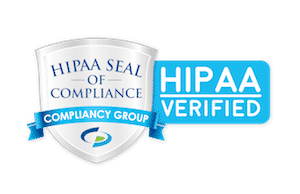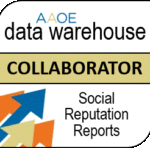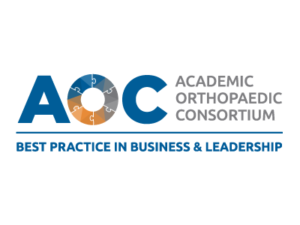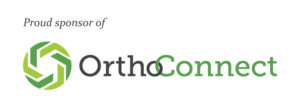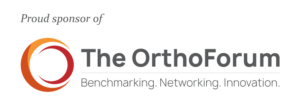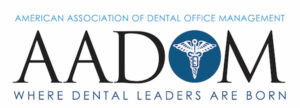Healthcare marketing professionals face a unique challenge: creating campaigns and materials that actually resonate with diverse patient populations while still ensuring accessibility for everyone. Because patients now have more choices than ever, hospitals and health systems that prioritize inclusivity don’t just fulfill an ethical obligation, they gain a competitive advantage by reaching broader communities.
The Evolving Healthcare Marketing Landscape
 Recent demographic shifts present both challenges and opportunities for hospital marketers. The aging Baby Boomer population is creating unprecedented demand for chronic disease management and specialized care, while Millennials and Gen Z heavily prioritize digital convenience, transparency, and consumer-like treatment in their healthcare experiences.
Recent demographic shifts present both challenges and opportunities for hospital marketers. The aging Baby Boomer population is creating unprecedented demand for chronic disease management and specialized care, while Millennials and Gen Z heavily prioritize digital convenience, transparency, and consumer-like treatment in their healthcare experiences.
Cultural and linguistic diversity also continues to expand across most markets, and patients expect healthcare organizations to understand and address their specific preferences more than they used to. These shifts demand that healthcare marketers evolve their approaches to ensure they’re not just reaching but actually connecting with all potential patients.
Unfortunately, many traditional marketing efforts (albeit often unintentionally) exclude certain populations. Materials published only in English, websites that aren’t accessible to screen readers, or imagery that doesn’t reflect community diversity can all create barriers that prevent potential patients from connecting with a healthcare organization.
The Business Case for Inclusive Marketing
It should go without saying that beyond the clear ethical imperative, inclusive marketing makes good business sense. Hospitals that authentically engage with diverse populations expand their potential patient base and build deeper community trust.
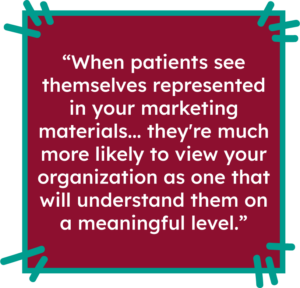 When patients see themselves represented in your marketing materials, whether that’s in the imagery you use, the languages you communicate in, or the unique health concerns you address, they’re much more likely to view your organization as one that will understand them on a meaningful level.
When patients see themselves represented in your marketing materials, whether that’s in the imagery you use, the languages you communicate in, or the unique health concerns you address, they’re much more likely to view your organization as one that will understand them on a meaningful level.
Collecting the Patient Voice
The most successful inclusive marketing strategies don’t originate in the marketing department alone. They begin by listening to actual patients from diverse backgrounds.
A patient advisory council (PAC) that includes representatives from various community segments can provide invaluable feedback on marketing approaches, messaging, and channels. These groups can identify blind spots in your strategy and help ensure that your messaging resonates with their communities.
Additionally, digital platforms have also created unprecedented opportunities to gather patient feedback. Review sites, social media, automated surveys and dedicated feedback channels all offer windows into how patients from different backgrounds experience your organization.
Practical Approaches
 Visual Representation
Visual Representation
The imagery in your marketing materials sends powerful messages about who belongs in your healthcare spaces. If you’re unsure whether or not you’re effectively doing this, run a quick audit of your visual content library by asking questions like:
Do your images reflect the actual diversity of your community in terms of age, ethnicity, body types, ability status, and family structures? Are diverse individuals shown in positions of authority and expertise, not just as patients? Do your materials avoid reinforcing stereotypes?
Language Translation
While translating materials into languages common in your community is essential, true language access goes further. Consider these suggestions from the National Academy of Medicine:
- Cultural adaptation rather than direct translation of your materials
- Reading level and health literacy considerations
- Availability of interpreter services (and making patients aware they exist)
- Multi-language capabilities on your website and patient portal
If nothing else, simply adding a prominent “Languages” button to your homepage can significantly increase appointment requests from non-English speaking patients.
Digital Accessibility
Digital accessibility isn’t optional—it’s required for reaching all potential patients. Ensure your websites and digital content:
- Meet WCAG 2.1 AA standards at minimum
- Function properly with screen readers
- Include alt text for images
- Provide transcripts for audio content
- Offer captions for video content
- Feature intuitive navigation for users with various abilities
Organizations that prioritize accessibility stand out positively in an environment where many competitors fall short.
Listening Through Data
Patient voice doesn’t just come through verbal or written feedback—it often emerges through data. Reviewing utilization patterns, appointment cancellations, and online behavior can reveal which populations you’re successfully connecting with and where gaps exist.
For example, imagine a healthcare system that notices its Spanish-language content receives excellent engagement metrics, but it’s not converting to actual appointments. Upon investigation, they realize that while their educational content is available in Spanish, their booking system is only available in English. The patient journey essentially hits a language barrier at the crucial conversion point. Sometimes, small but critical gaps in the patient journey can create barriers for diverse populations, and addressing these disconnects can significantly improve access and outcomes.
Addressing Health Equity
 Inclusive marketing goes beyond diverse imagery to address the specific health concerns and access barriers faced by different communities. This means:
Inclusive marketing goes beyond diverse imagery to address the specific health concerns and access barriers faced by different communities. This means:
- Creating content that addresses health conditions that disproportionately affect certain populations
- Acknowledging historical reasons some communities might distrust healthcare institutions
- Providing transparent information about costs, insurance, and financial assistance
- Highlighting services designed to overcome access barriers
Measuring Progress
Like any marketing effort, inclusive strategies should be measured. Some important metrics you should consider tracking include:
- Demographic information of new patients compared to community benchmarks
- Patient satisfaction scores across different demographic groups
- Engagement with multilingual content
- Website accessibility scores
- Patient feedback specifically addressing inclusion and accessibility
If you haven’t already, consider implementing “inclusivity audits” as part of your regular marketing reviews, scoring campaigns on representation, accessibility, language options, and content relevance to diverse populations. This process can help identify improvement opportunities and track progress over time.
Building Internal Expertise
Marketing teams that reflect the diversity of the communities they serve are better positioned to create authentic, inclusive materials. However, even diverse teams benefit from ongoing education about accessibility standards, cultural competency, and emerging best practices in inclusive communication.
Consider partnering with community organizations representing different populations to review materials before publication. Their perspective can help identify potential missteps before they reach your audience.
 The Path Forward
The Path Forward
Creating truly inclusive healthcare marketing isn’t a one-time initiative—it’s an ongoing commitment to evolution and improvement. By collecting the patient voice, implementing accessibility best practices, and regularly measuring your progress, you can create marketing that authentically connects with all segments of your community.
The most successful healthcare organizations recognize that inclusivity isn’t just about checking boxes—it’s about fundamentally understanding and addressing the needs of diverse populations. When patients feel seen, heard, and valued in your marketing, they’re more likely to trust your organization with their care.
That trust translates directly to organizational growth, patient satisfaction, and ultimately, better health outcomes for the entire community you serve.



